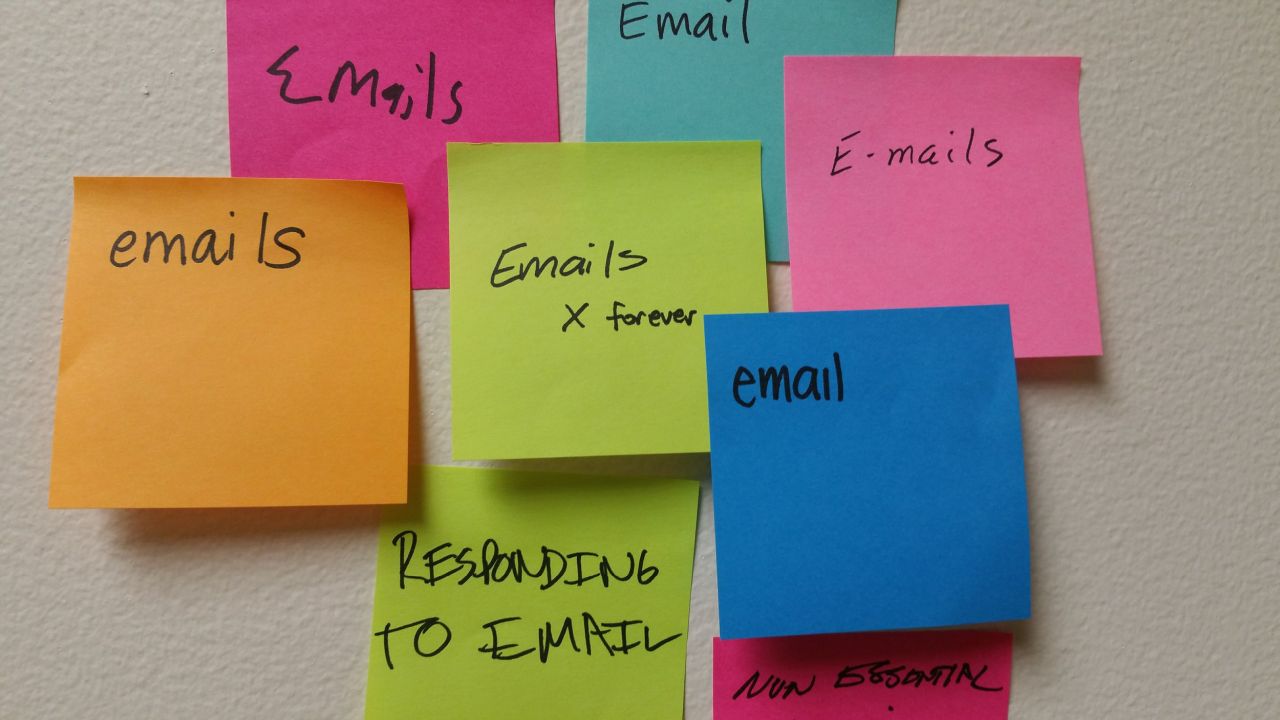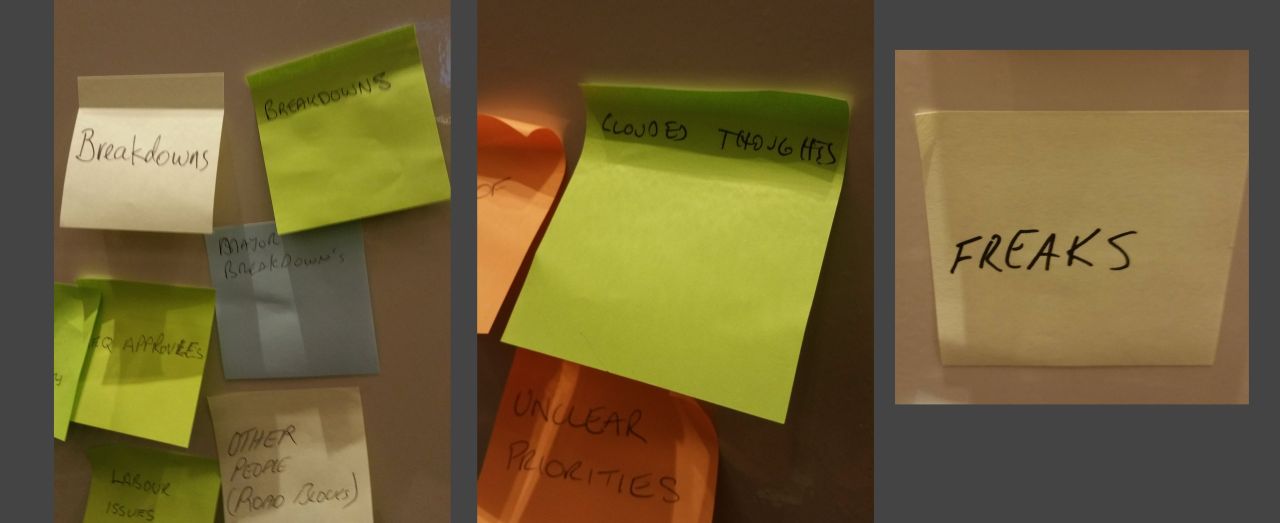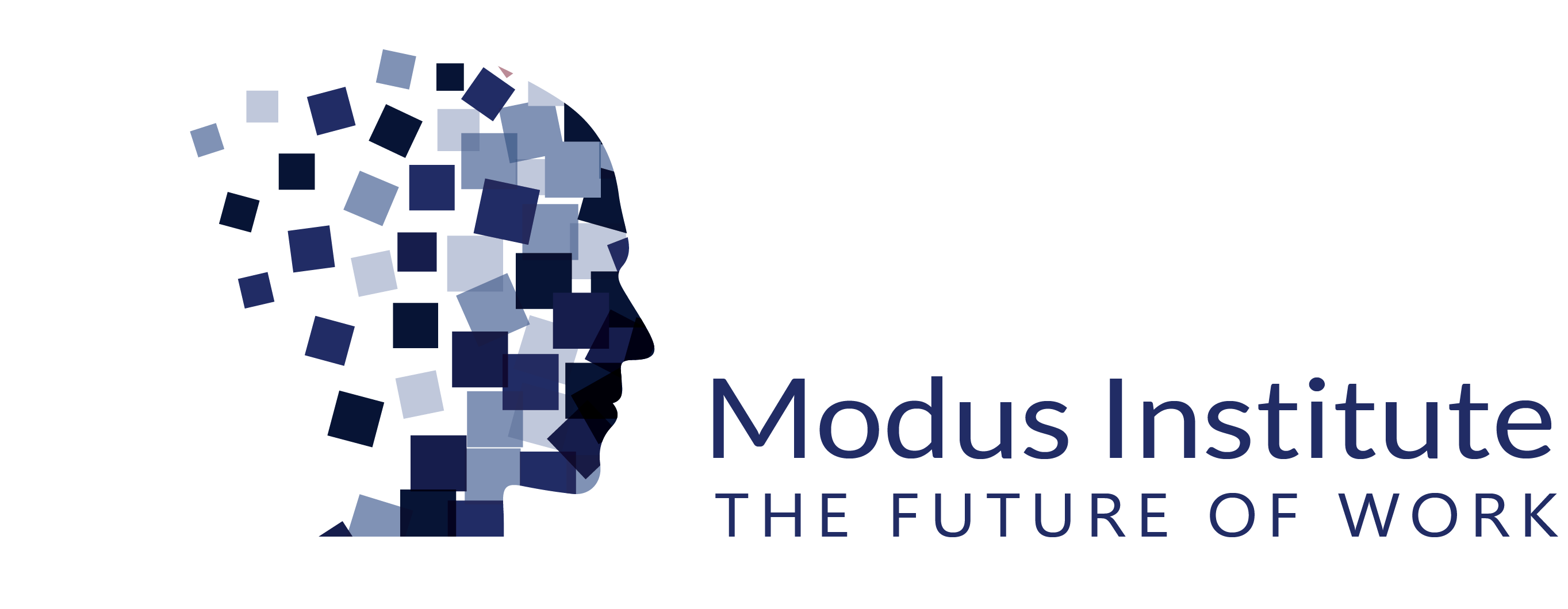I’ve figured out why. I don’t like social contrivances or silly ways to get people who don’t know each other to pretend like they do.
“Tell something people don’t know about you.” “Talk about a time where something really inspired you.” “Move these balloons around.”
So, recently when I was asked for a good icebreaker, it pushed my personal buttons. It was like being asked for a good Journey album. (Yes, I know some of you like Journey, well just imagine you don’t and that someone asked you for your favorite. They are all indistinguishable, not unlike icebreakers.)
But then I realized in our classes we do have icebreaker activities, they are simply … useful.
Most often, our useful icebreakers are activities that happen immediately and often before introductions. They have to do, explicitly or obliquely, with the goals of the day. This is extremely important: almost no one comes to your event mentally prepared to participate.
Usually, we will come up with something that is explicitly related to the day’s work for us, but it feels oblique to the participants. This is intentional. Get them thinking about the root causes of the problems, not the problems themselves.
Your people will usually be fixated on the problem (usually fear based or political) and not the root causes (solving the actual problem). Your icebreaker needs to move them from what they routinely fight about into a space where they can act professionally and quickly. I’ve never been in a truly endless workshop. They only times they feel that way is when potential good work is sacrificed on the altar of everyone being heard.
Everyone will be heard, if you are truly solving the problem. If you focus simply on people being heard, you’ll talk yourselves to death.
We most often use affinity mapping, a tool pioneered or at least popularized by Gray, Brown, and Macanufo in their book Gamestorming. (Highly Recommended).
In affinity mapping, you give everyone in the room a question or a concept, they write down everything they can think of about the topic on post it notes (one thing per post it note), they generate usually hundreds of post it notes, put them on a wall and, when they are all gathered, the move them into like-groups.

We have done topics like, “Where is the market for your product going?” or “How are your competitors getting the edge on you?” or “Why do people stay with your service even when other products meet their needs better?” or “Where does the information you need get stuck or go to die?” or “What (good or bad) is impacting your work experience?”
Like I said, there are many different ways to structure the questions. But the activity itself has a purpose. You learn very quickly what the dominant and quieter thoughts in the room are. You see many different ways to say the same thing, like “Meetings, I hate meeting, staff meetings, meetings every day”. That all might look like it says Meetings, but the various emotions and contexts shine through, letting us see detail, depth, and context.
Everyone participates so everyone is heard, but everyone is heard not in a round-robin time consuming festival of talking, but in a very short, punctuated, and meaningful way during which they co-create understanding.
People feel less isolated. People understand each other’s frustrations. People can start to see the system they are in.
Individual agendas are muted, but respected. Everyone can see if they are a pet peeve or a true area of investigation.
But most often, new avenues of discovery are opened up, where nagging thoughts in the backs of people’s minds are given definition for the first time.
The goal of the icebreaker is to do something “fun” up front for people to get to know each other. They are usually pretty fun contrivances that lend little to the product of a precious and limited amount of time the group has to work.

The questions we ask are of deep importance to the people gathered, even if they don’t know it yet. They end up sharing more than they would in a normal icebreaker, and they see almost immediately return on their investment of honesty and vulnerability. Those that held back also see this and come back stronger in conversations and exercises.
Strangely, this is fun. Affinity maps always have funny sticky notes, inside jokes, and honest attempts to make things better. They will surface tough issues, which means that they are also a source of venting or healing or simply starting to make things better.
They are also tangible, participatory, and involve a lot (a whole lot) of conversation.
This is how Modus does the icebreaker.


